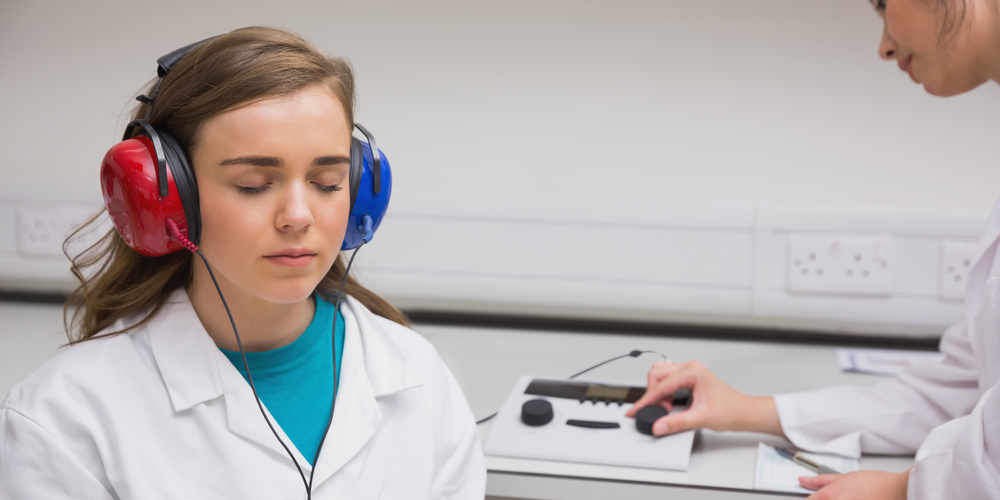
If you are having hearing problems there are several tests available to determine the cause, and necessary treatment. The first step is to see your local GP, who will be able to determine the extent of the problem, and then if necessary, refer you to an audiology clinic, or an ear, nose and throat specialist for further testing. Hearing tests available include:
Physical Examination of the Ear
This is a preliminary form of testing and involves the use of an otoscope to examine your ear. This will be done through the outer ear, and will check for problems such as liquid blocking the ear canal, swelling of the eardrum – an indication of liquid inside the inner ear, a punctured eardrum, or even foreign objects in the ear.
Whispering Test
This is a basic assessment of hearing used by way of whispering words behind one ear at a time, while your other ear is blocked. The patient will then be asked whether they heard anything. In some cases the patient may be asked to repeat the words aloud.
Tuning Fork Test
The tuning fork test uses a metallic apparatus that when tapped vibrates and emits a fixed pitch sound. The doctor then holds the tuning fork next to the patient’s ear to test how well the patient hears sounds transmitted through vibrations in the air. On occasion the doctor may hold the tuning fork against the bone at the rear of the ear, called the mastoid, to test hearing when sound vibrations are directed to the inner ear through the bone.
Audiometry Test
For this test the patient is required to wear earphones, through which sounds of varying volumes will be played. The patient will then be asked to either raise their hand or press a button to indicate when they hear a sound. This test is able to reveal the patients threshold of the levels of sounds they can hear.
Bone Oscillator Test
This test is very similar to the tuning fork test, but instead, involves the use of a bone oscillator. The apparatus is placed against the mastoid bone at the rear of the ear, which then transmits sound vibrations through the bone. This test is able to reveal how well the ear detects sounds directed though the bone.
Auditory Brainstem Response Test
The auditory brainstem response test is often used for testing babies, but also for cases where the doctor is having trouble determining the cause of hearing loss. Tiny electrical sensors are placed on the forehead, and on each ear lobe. Earphones are then placed over the ears, through which quiet clicking noises are played. The sensors are able to measure the response of different areas of the brain to the sounds.
Otacoustic Emissions Test
This is another test mainly used for babies, but as with the auditory brainstem response test, is often used in difficult cases. It involves an investigative apparatus being tenderly put into the ear canal, of which a speaker and microphone is attached. Through the speaker quiet clicking noises are played, and the microphone is able to record the noises the ears make in response to the sounds. This test measures the response of the cochlea inside the inner ear in order to inform the doctor whether it is working properly.
Magnetic Resonance Imaging (MRI) Scan
If the hearing loss seems to be because of some brain irregularity then an MRI scan will be used. This test produces detailed images of the inside of the body in order to determine the problem.
